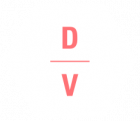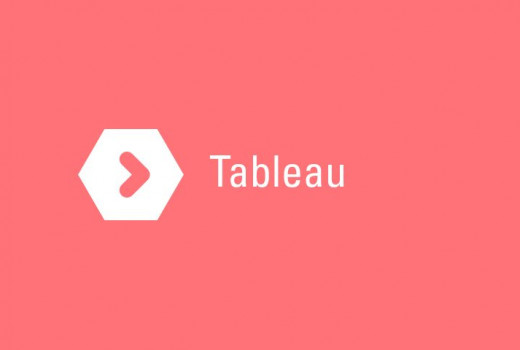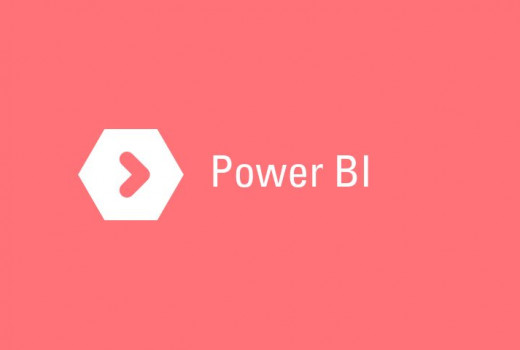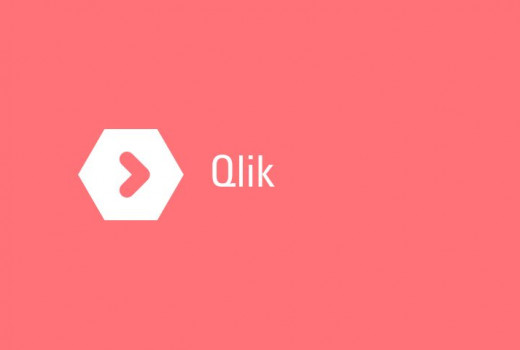
Data Visualization
What is data visualization?
Data visualizations are graphical representations of data and information. By using visual components like charts, diagrams, and maps, data visualization tools provide an approachable way to recognize and explore trends, outliers, and patterns in data.
Why is it important?
Every day, we produce 2.5 quintillion bytes of data. In other words, the volume of data is growing at a mind-blowing pace. If we want to continue to comprehend such large amounts of data, we must make it as simple as possible to receive that information. Data visualizations make big and small amounts of data more accessible for the human brain to understand.
Rockfeather and data visualization
Performance management is one of the areas where data visualization adds value. Dashboards with key performance indicators (KPI’s) help to understand the performance of your organization. They are widely used by executive management. Check “Dashboards with impact at Brill” to learn more.
The use of shared dashboards
Enabling collaboration, inside and between organizations, is another area where visualization is a useful technique. Shared dashboards create a new level of transparency that fosters a culture of trust. It is this trust that enables efficient collaboration. Check “Data-driven account management at ISS” to learn more.
Data visualization is useful for identifying issues. Dashboards help you to filter out the noise and focus on the problems that need attention. Smart visualizations point you to the root cause of issues so that users can solve multiple problems in one corrective action.
Dashboards, specially designed for ad hoc analysis, help analysts and controllers to work with large or complex data sets. By filtering and slicing-and-dicing the data set, analysts find valuable information hidden in the data.
Toolsets and standards
We use a best in class portfolio of toolsets. We evaluate our portfolio continuously, and we add new and promising solutions to the portfolio when we can. Our current portfolio includes:
In the design of our visualizations, we use the IBCS-standards as our method. These standards help us to design visualizations without all the bells and whistles, and that communicate the message.
In short
Data visualization empowers professionals to navigate the ever-growing oceans of data. Dashboards drive improvements in performance management, collaboration, issue spotting, and ad-hoc analysis.
Our Data Visualization Portfolio

Tableau Software
Tableau Software is a powerful data visualization tool. It helps in simplifying raw data into an easily understandable format. Data analysis is fast with Tableau and the visualizations created are in the form of dashboards and worksheets. The insights that are created using Tableau can be understood by professionals at any level in an organization.

Microsoft Power BI
Power BI is Microsoft’s visualization tool. It provides the user with easy access to various data sources, which enable you to create advanced analyzes without advanced modeling. Go from data to insights in a few minutes. You provide your entire team with insights through “self-service” analyses of data from different business applications. Link, edit, and visualize your data with the greatest of ease.

Qlik
Qlik is a vendor with a long track record in the analytics arena. Qlik’s portfolio includes a broad spectrum of analytical components. The best-known solutions are Qlikview and Qlik Sense.
Cases & Solutions

Empowering Nutricia through Power BI coaching
As part of Danone, Nutricia believes that employees should be empowered to be able to work with data independently. However, several teams within the Nutricia factory in Zoetermeer had questions about Power BI dashboarding. Unfortunately, the digital team also lacked the necessary knowledge to answer these questions. We set up a training & coaching program together with Nutricia that helps end-users to get more out of their Power BI reporting. Read below what we did to empower Nutricia’s teams.

Data-Driven Account Management at ISS
ISS-Facility Services want to become the best service provider in the world. To become the best, they want to work with a number of its key-accounts based on a new business model, in which cooperation between partners is central.